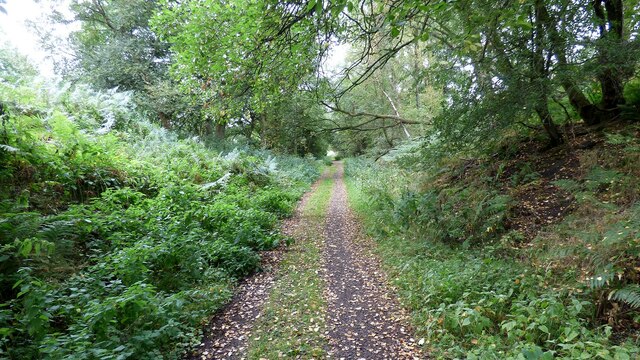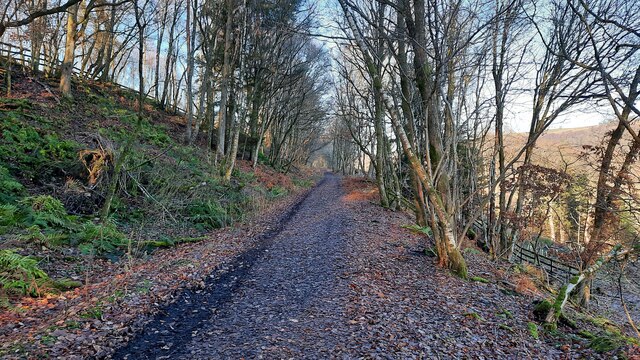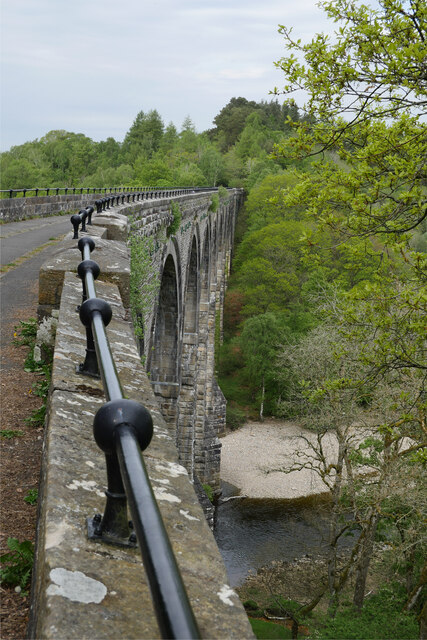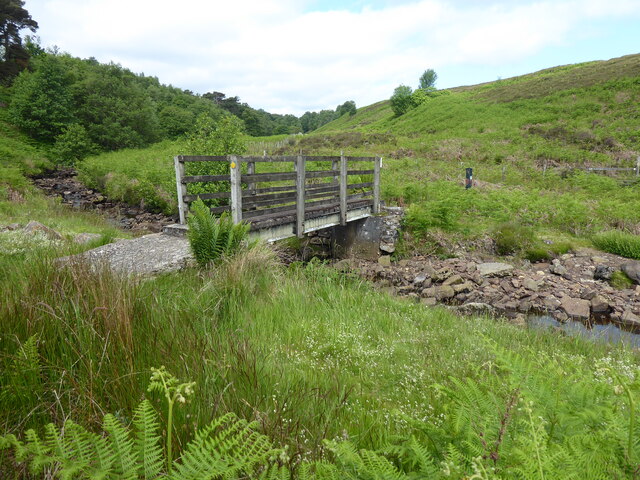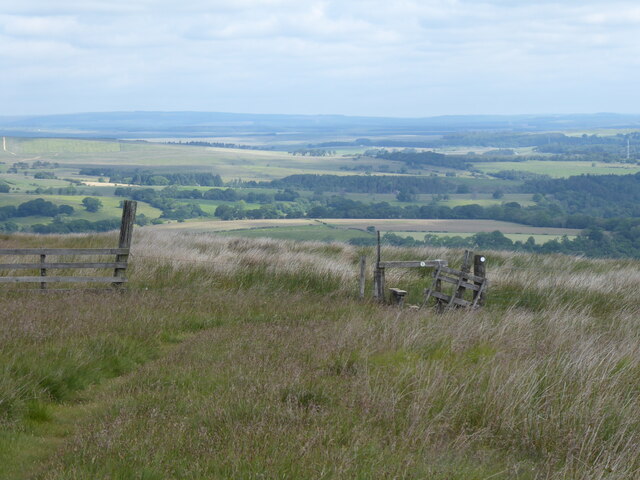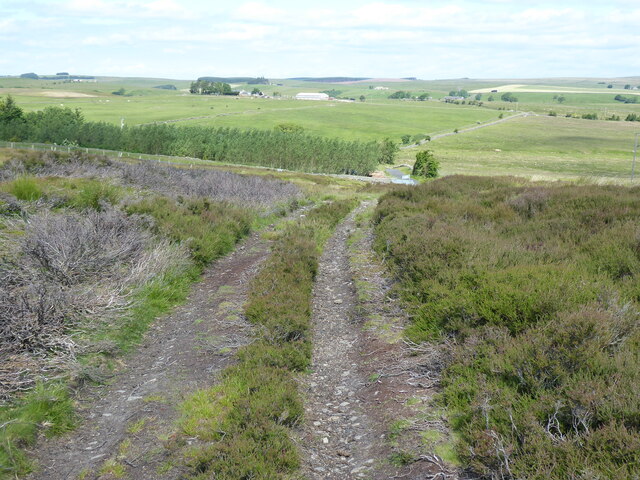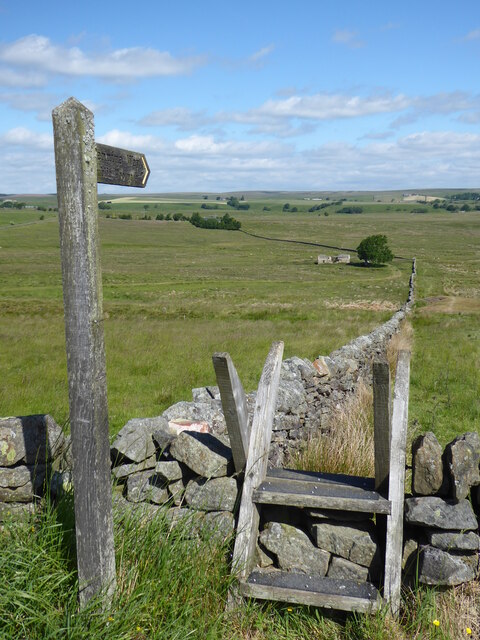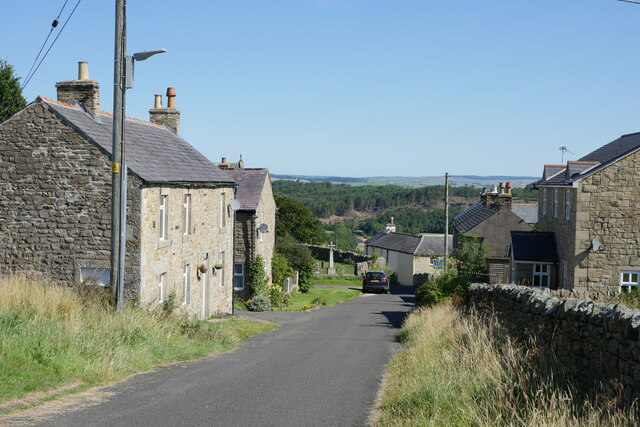Ashholme Wood
Wood, Forest in Northumberland
England
Ashholme Wood
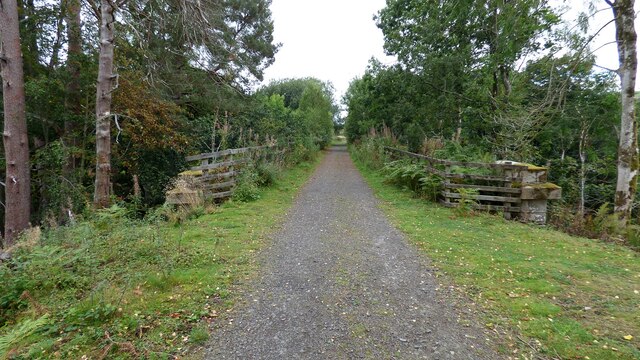
Ashholme Wood is a picturesque woodland located in the county of Northumberland, England. Stretching over an area of approximately 50 hectares, the woodland is known for its natural beauty and diverse ecosystem. It is nestled within the heart of the Northumberland countryside, surrounded by rolling hills and meandering streams.
The wood is predominantly made up of native broadleaf trees, including oak, birch, and beech, which create a dense canopy casting dappled sunlight onto the forest floor. This creates the perfect habitat for a wide range of flora and fauna, including bluebells, wood anemones, and various species of ferns. The wood is particularly renowned for its vibrant display of bluebells during the spring months.
A network of well-maintained footpaths and trails wind their way through the woodland, allowing visitors to explore its natural wonders and discover hidden gems. The paths are suitable for all abilities and provide access to various viewpoints, offering stunning vistas of the surrounding countryside.
Ashholme Wood is not only a haven for nature enthusiasts but also a sanctuary for wildlife. Visitors may encounter red squirrels, badgers, and a plethora of bird species, including woodpeckers and owls. The wood is designated as a Site of Special Scientific Interest (SSSI), highlighting its importance for conservation.
Managed by the local authorities, Ashholme Wood is accessible to the public throughout the year. It offers a tranquil retreat for those seeking solace in nature, providing a peaceful and serene environment to unwind and connect with the natural world.
If you have any feedback on the listing, please let us know in the comments section below.
Ashholme Wood Images
Images are sourced within 2km of 54.914474/-2.5006076 or Grid Reference NY6857. Thanks to Geograph Open Source API. All images are credited.
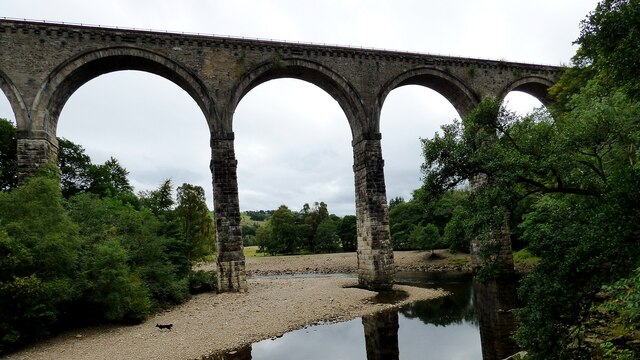
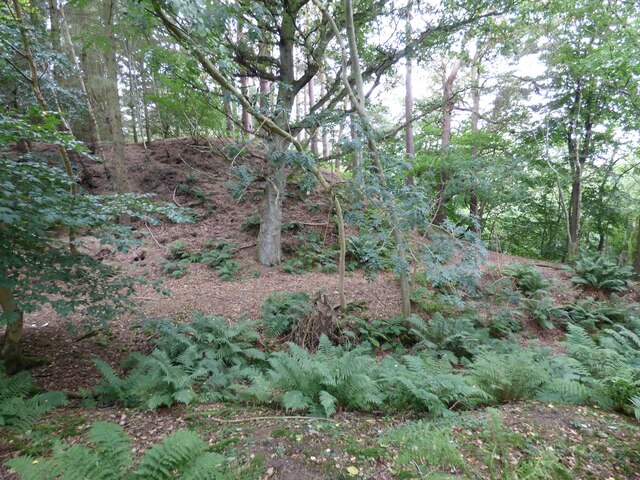



Ashholme Wood is located at Grid Ref: NY6857 (Lat: 54.914474, Lng: -2.5006076)
Unitary Authority: Northumberland
Police Authority: Northumbria
What 3 Words
///tame.stated.receive. Near Greenhead, Northumberland
Nearby Locations
Related Wikis
Lambley railway station
Lambley was a railway station on the Alston Branch Line, which ran between Haltwhistle and Alston. The station, situated 4+3⁄4 miles (8 km) south-west...
Lambley, Northumberland
Lambley, formerly known as Harper Town, is a village and former civil parish, now in the parish of Coanwood, in Northumberland, England about four miles...
Coanwood railway station
Coanwood was a railway station on the Alston Branch Line, which ran between Haltwhistle and Alston. The station, situated 4 miles (6 km) south-west of...
Coanwood
Coanwood is a village in Northumberland, England, and is part of the Parish of Haltwhistle. It is about four miles (6 km) to the south-west of Haltwhistle...
Halton Lea Gate
Halton Lea Gate is a small village in Northumberland, England, on the A689 road close to the boundary of the counties of Northumberland and Cumbria. The...
Rowfoot
Rowfoot is a hamlet in Northumberland, England at grid reference NY6849860722. == External links == Media related to Rowfoot at Wikimedia Commons
Featherstone Park railway station
Featherstone Park was a railway station on the Alston Branch Line, which ran between Haltwhistle and Alston. The station, situated 3 miles (5 km) south...
Featherstone, Northumberland
Featherstone is a village in Northumberland, England about 17 miles (27 km) west of Hexham, and about 3 kilometres (2 mi) south of Greenhead. == Featherstone... ==
Nearby Amenities
Located within 500m of 54.914474,-2.5006076Have you been to Ashholme Wood?
Leave your review of Ashholme Wood below (or comments, questions and feedback).
